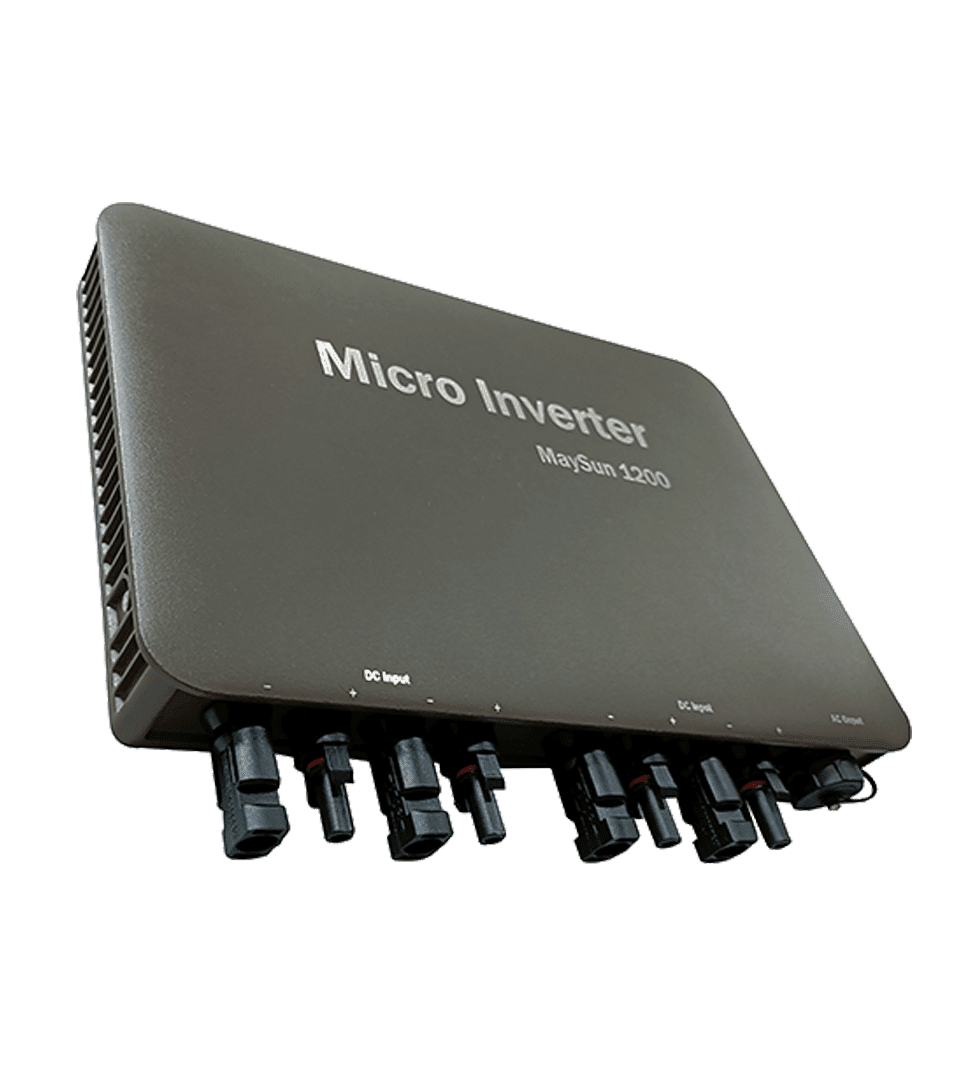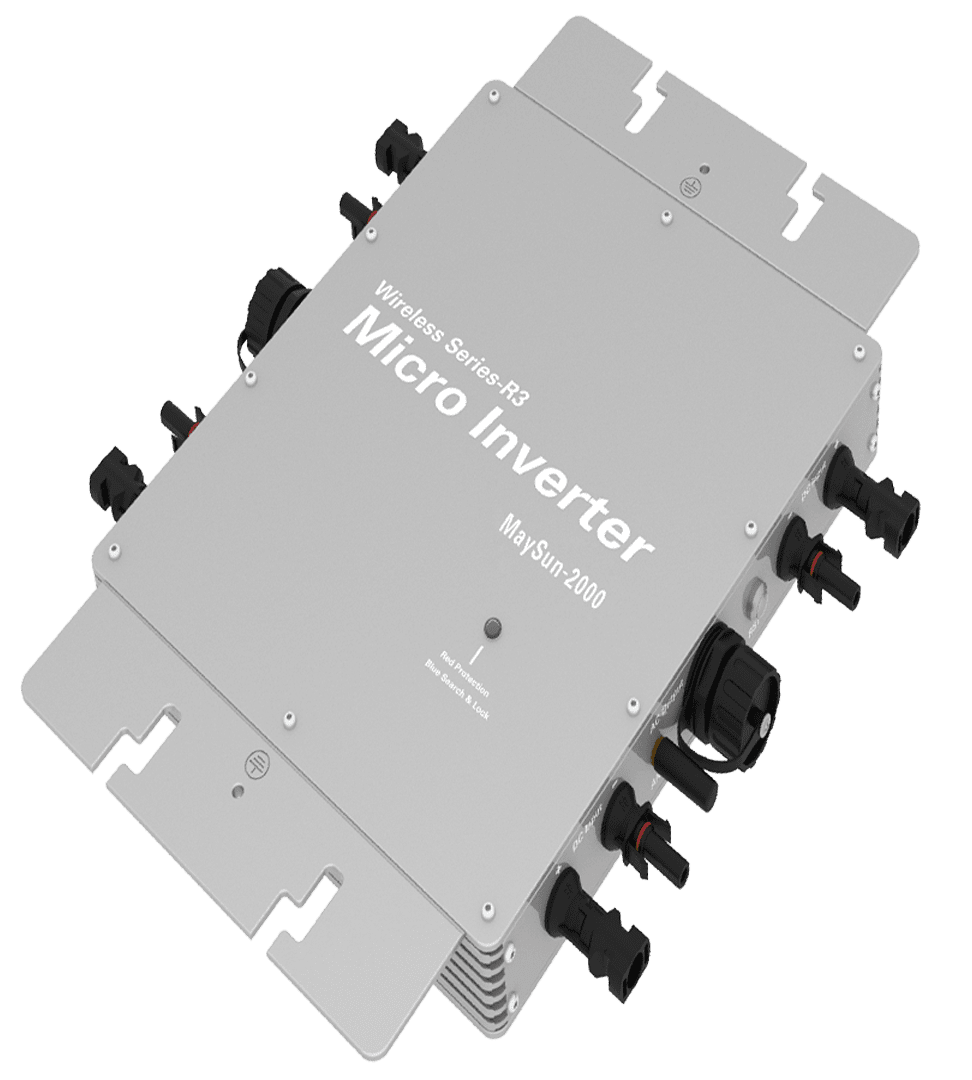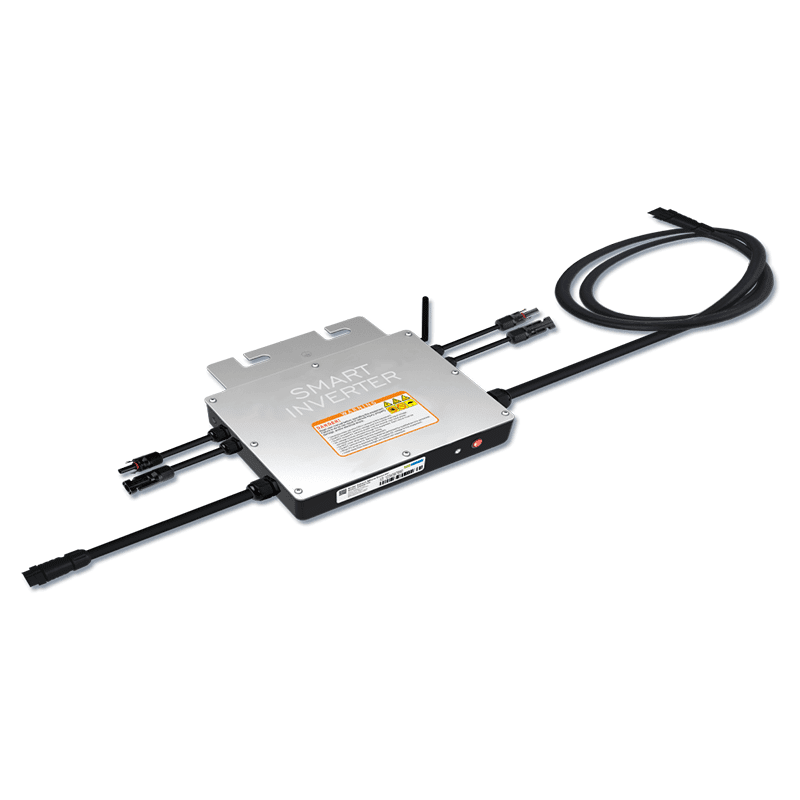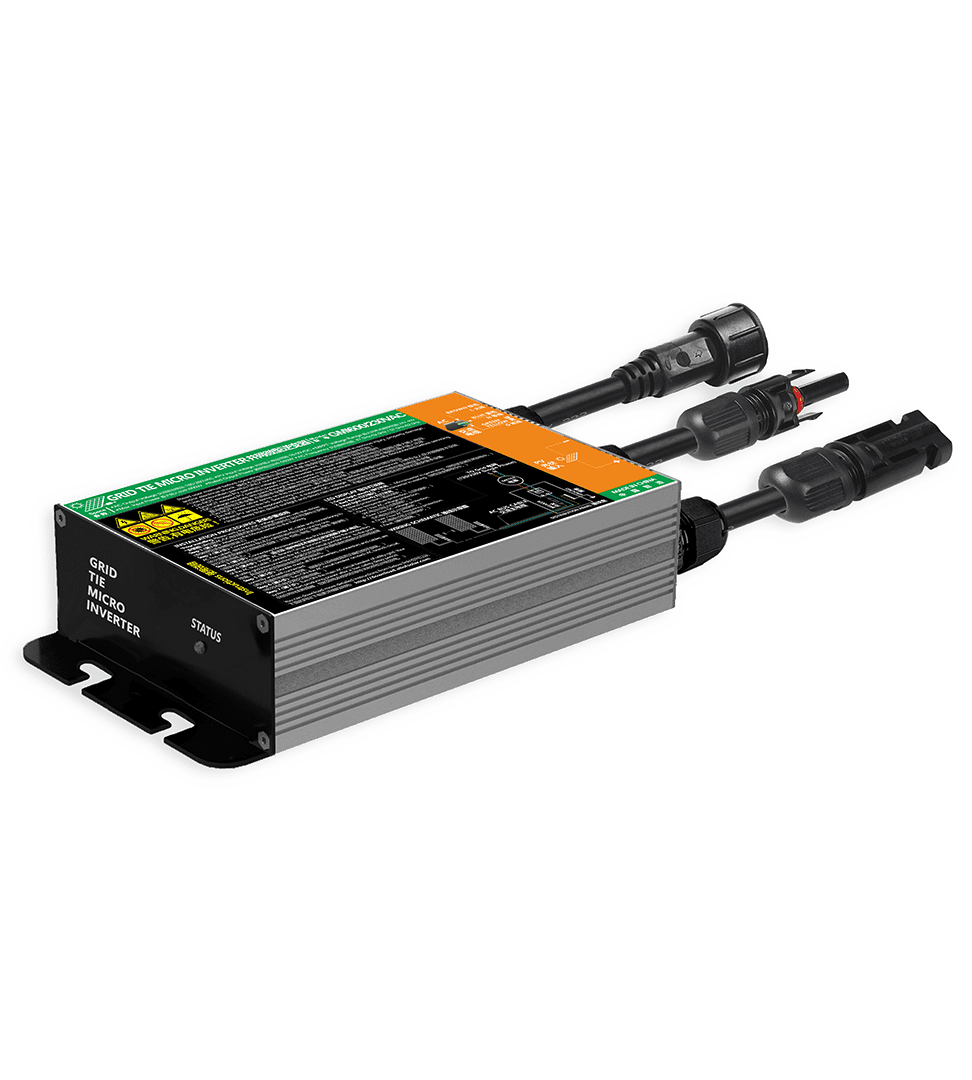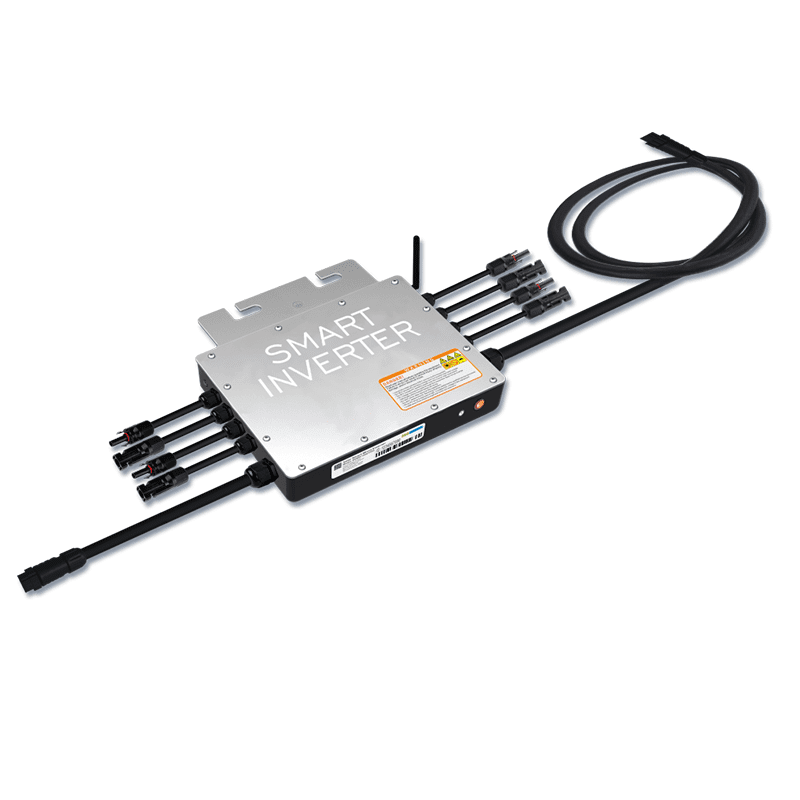Individual panel optimization: Unlike traditional string inverters that are connected to multiple solar panels, micro-inverters are installed on each individual panel. This allows for independent optimization of each panel’s performance. If one panel is shaded or experiences lower efficiency, it won’t affect the output of the entire system, maximizing the overall energy production.
Increased energy harvest: Micro-inverters convert the DC power generated by each solar panel into AC power directly at the panel level. This eliminates the power losses that can occur in a string inverter due to variations in panel performance. As a result, micro-inverters can increase energy harvest and overall system efficiency.
Safety advantages: Micro-inverters operate at a lower DC voltage compared to string inverters, which can improve system safety. Lower voltage DC circuits reduce the risk of electrical shock during installation, maintenance, or in the event of a system malfunction.

